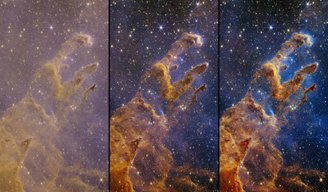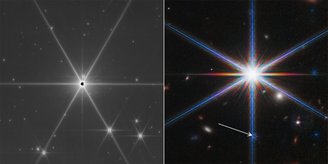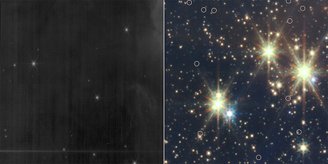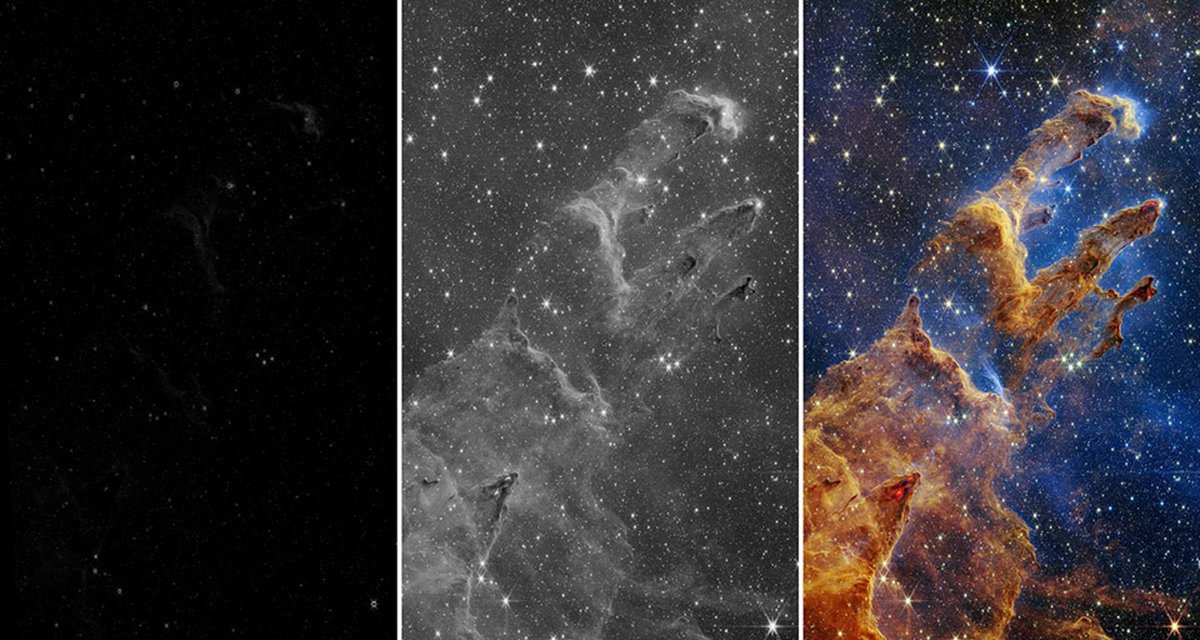Ever since the James Webb Space Telescope was preparing for its “Christmas” launch in December 2021, people have been asking NASA questions about the telescope’s infrared nature. “Why not optical like Hubble?” they asked. Today, after the JWST visual demonstration, the question is different: “Are the colors in these photos real?”
If the meaning of “real” is what we can see with our eyes, the answer is no. Being infrared, JWST captures images of the Universe at wavelengths between 0.6 and 28 micrometers, well below the 400 nanometer threshold at which the human eye begins to detect electromagnetic radiation.
According to Alyssa Pagan, scientific visual resources developer at the Space Telescope Science Institute (STScI), “the short answer is: we don’t know.” Part of the team that “colourized” the JWST images at the NASA-operated community science center, expert admits we would never see such a Universe if we could.
How does NASA colorize James Webb Telescope images?
When Pagan and his colleague Joseph DePasquale acquired the JWST images at STScI, all black and white. According to the developer’s description on the Webb Space Telescope website, colors are added later because data from various filters installed on the telescope are “translated” into the visible light spectrum.
JWST’s near-infrared (NIR) camera has a total of six filters that capture individual images. Pagan and DePasquale combine images based on wavelengths: longer ones appear red, shorter ones appear blue or violet. See below:
After images captured by the filters are combined, the base layer often appears faded or dusty. Therefore, in order for the image to be clearer and the colors more vibrant, it is necessary to illuminate them with more saturation and brightness. Sometimes editors also make nuance changes to emphasize certain details, such as contrasts between gas and space dust.. See the result:

Editing JWST images to help researchers

Pagan and DePasquale’s work goes beyond producing aesthetically appealing images for audiences. They also focus on scientific rigor, especially if the processed image will serve to explain a particular discovery. For example, in the case of a distant galaxy, the colors must be true to its chemical composition and age.
Pagan says that often scientists need to navigate the edit so they can see the areas they intend to research. For example, in the case of the first deep field image of JWST, The most distant objects appeared very red because the light they emitted was subject to an effect called redshift.. In other words, the further away an object is, the redder it is.
In these cases, redshift obscures much of the objects’ original colors. But it is important to focus on them, because their light takes a very long time to reach us. Studying them is like traveling back in time when galaxies and stars were formed in the early days of the Universe.
Are the James Webb Telescope images not real?

Frankly, JWST images are not “real”But this addition of color was not done just to impress or make the pictures look beautiful.S. According to Pagan, “We’re just trying to improve things, make them more scientifically understandable and also interesting.”
In other words, The idea is to convey, as clearly as possible, what the space telescope can see, which our eyes can never see., features Pagan on its website. Therefore, creating each image requires interdisciplinary work between image experts, designers, and scientists leading the observations.
JWST images illustrate numerous scientific studies published in peer-reviewed journals. Therefore, the image review is considered complete only when the authors of the study confirm the result, since in many cases how the image is perceived can prove a hypothesis and explain the main findings of the study.
Did you like the content? Tell us on our social networks and get the opportunity to share the article with your friends who love astronomy.
Source: Tec Mundo
I’m Blaine Morgan, an experienced journalist and writer with over 8 years of experience in the tech industry. My expertise lies in writing about technology news and trends, covering everything from cutting-edge gadgets to emerging software developments. I’ve written for several leading publications including Gadget Onus where I am an author.











